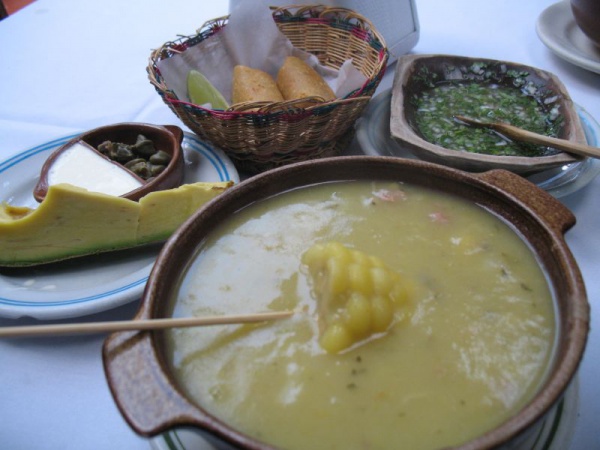Facts About Ajiaco
Ajiaco is a beloved traditional soup that holds a special place in the hearts (and kitchens) of people in Colombia, Cuba, and Peru. Though its origins are debated, with various scholars offering different interpretations, one thing is clear: ajiaco is a dish that brings comfort and flavor in many forms.
In Bogotá, Colombia, ajiaco is typically made with chicken, three types of potatoes, and a distinctive herb called Galinsoga parviflora, known locally as guasca. This combination creates a hearty, delicious soup that’s often garnished with capers, avocado slices, corn on the cob, or a dollop of cream for added richness.
Travel over to Cuba, and you’ll find ajiaco served as a robust stew featuring a mix of beef, pork, chicken, vegetables, and various starchy roots. This version is a true reflection of Cuba's diverse culinary heritage, with a history that dates back to the 16th century and remains especially popular among rural communities.
In Peru, ajiaco varies by region but commonly includes ingredients like potatoes, garlic, dried chilies, hierba buena, and huacatay. It’s often served with rice and stewed chicken or rabbit, making for a comforting and flavorful meal.
The history of ajiaco is rich and tied to indigenous cultures such as the Taíno people. In Cuba, it’s seen as a symbol of the country's diverse heritage. Each country's unique take on ajiaco, with its own ingredients and cooking methods, creates a tapestry of flavors that showcases the versatility and cultural significance of this cherished dish.
